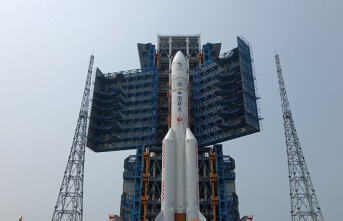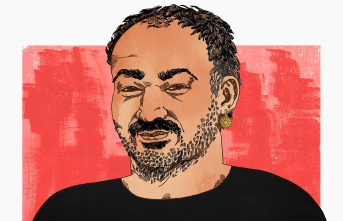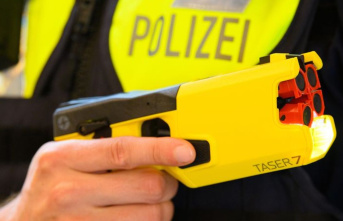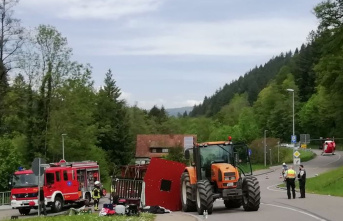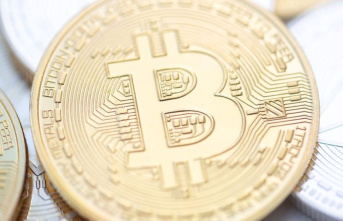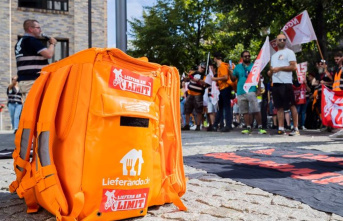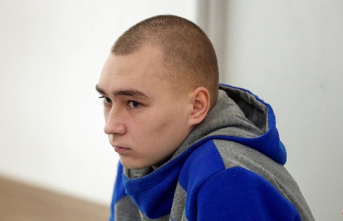By now we all know what is happening in Ukraine. That country located at the gates of the European Union that is being invaded by its neighbor and former ally, the powerful Russia. But few know what the other conflict that has been present for years is: the linguistic and identity conflict.
Officially in Ukraine there is only one official language - Ukrainian. This was decided in 1991, when the USSR was dissolved and this country became independent. However, after 70 years of Russification, the native language was at a clear disadvantage, abandoned and relegated for years, so its use has been restored through social policies and through the educational system. However, linguistic diversity has led to a culture war.
Ukrainian is an East Slavic language that, together with Russian, Belarusian and Russinian forms this language family. Russian and Ukrainian share grammar, lexical uniformity, and their alphabets are very similar (both variants of Cyrillic). However, some experts consider that Ukrainian shares more characteristics with other languages, such as Belarusian, Czech and Slovak, Polish or Croatian. Without official data to corroborate it, a 2010 survey by 'Research
The truth is that in the last post-Soviet decades, Ukrainian has been related to the rural world, while Russian survived in the big capitals. This situation has changed as people from the villages have migrated to the cities. In this way, in cities such as kyiv or Kharkov, traditionally Russophone, a more equitable bilingualism is currently observed.
The attempt to revive the motherland language since the 1990s has not been without controversy, especially in the pro-Russian territories of Donbass and Crimea, where most people only speak Russian. Many Russophones feel that they have been despised and have been forced into a language that they do not speak or feel as their own. In 2006, for example, a controversial law was passed whereby at least 75% of television broadcasts had to be in the Ukrainian language. However, although most paper media are printed in this language, Russian-language newspapers have a wider circulation.
Also, due to the coexistence of the two languages, there is a variant product of the mixture of both: Surzhyk. It lacks social prestige and is typical of informal conversations in the cities of the east and south of the country, precisely those with Russophone predominance.
Since tensions with Russia began in 2014 in the Donbass region and the subsequent annexation of Crimea by Putin, many Russian-speaking inhabitants have decided to change their habitual language. After the beginning of the invasion last February, this practice has increased as a symbolic way of opposing the Kremlin and, at the same time, of reaffirming an identity that they see threatened by the invader.
Languages, once again, act as a throwing weapon in the midst of a political conflict that threatens peace in the Old Continent.
2


